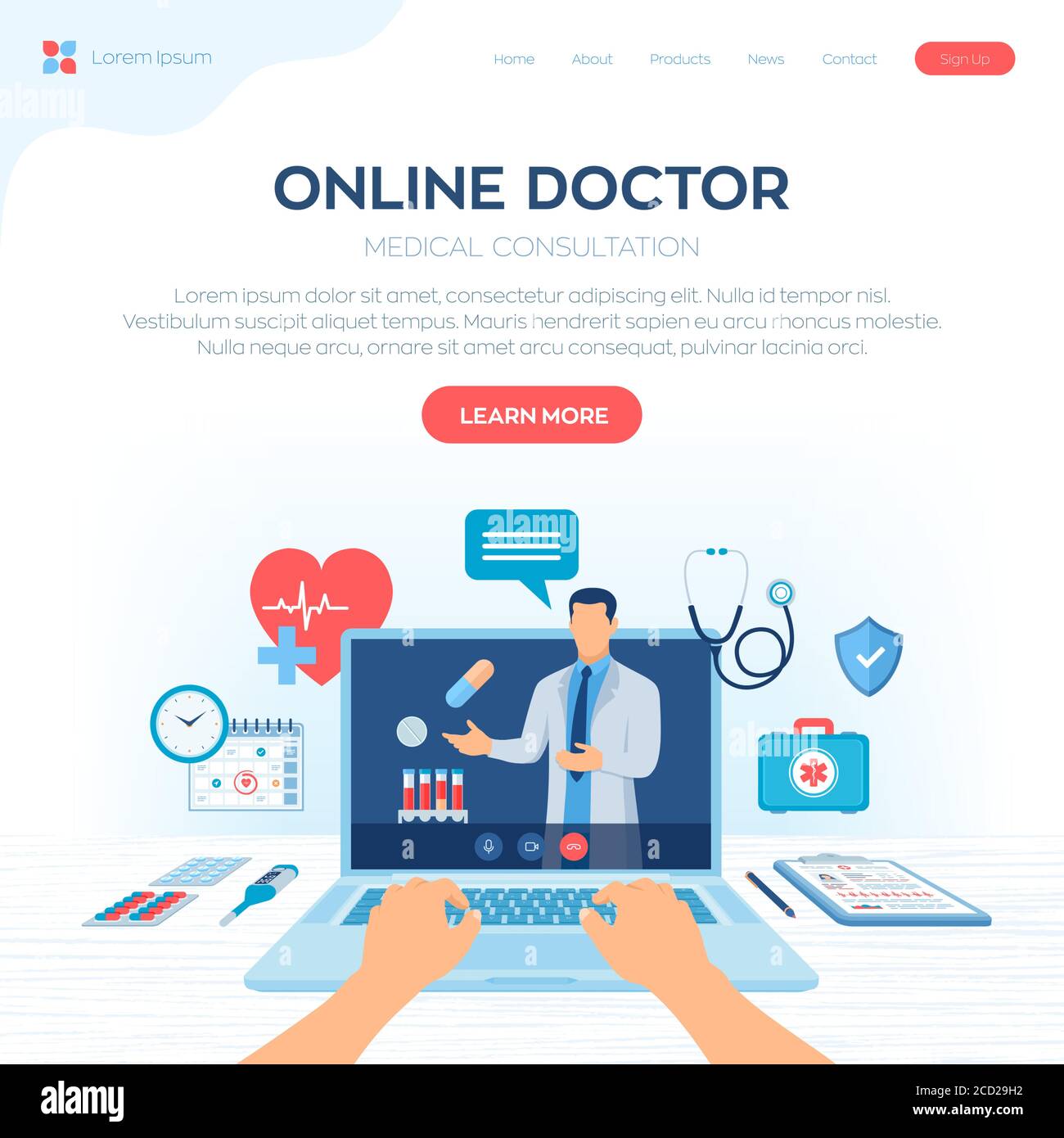Recognizing the Cost-Effectiveness of Subscription-Based Healthcare Versions
As the healthcare landscape evolves, subscription-based models emerge as an engaging choice, assuring to redefine just how people take care of clinical costs. Examining these models' cost-effectiveness necessitates a nuanced comparison with traditional insurance, considering both economic effects and individual fulfillment.
Introduction of Subscription-Based Designs
Subscription-based healthcare models, occasionally described as direct health care or attendant medicine, are increasingly gaining focus as a prospective service to inefficiencies within typical medical care systems. These designs operate the concept of offering individuals direct accessibility to doctor through a yearly or regular monthly fee, bypassing the demand for standard insurance devices. This plan intends to enhance patient-provider interactions by lowering administrative concerns, which usually prevent personalized and prompt care.
At the core of subscription-based designs is the focus on a much more personalized individual experience. Clients gain from enhanced accessibility to their physicians, commonly including next-day or same-day appointments, prolonged appointment times, and direct interaction channels such as phone or video telephone calls. This model promotes an aggressive method to health care, where providers and individuals can collaboratively concentrate on preventative care and chronic condition monitoring.

Price Contrast With Traditional Insurance Coverage

One of the main monetary advantages of subscription versions is openness in costs. Conversely, typical insurance policy may be much more advantageous for people needing specialized care or pricey therapies not covered under a subscription version, as they profit from the wider coverage network and cost-sharing devices.
Nevertheless, cost-effectiveness is context-dependent. While subscription versions might supply cost savings for those largely needing medical care, people with chronic conditions or specialized medical care requirements could discover typical insurance extra extensive. Consequently, assessing certain healthcare requirements and potential use is crucial in establishing the most economical alternative for individuals.
Effect on Person Complete Satisfaction
Person satisfaction within subscription-based healthcare versions often reflects a considerable enhancement over typical insurance policy systems. This improvement is largely attributed to the personalized care and ease of access these designs use. Individuals regularly report greater contentment as a result of minimized delay times and the simplicity of scheduling appointments. Unlike traditional systems, where patients could experience hold-ups in getting care, subscription-based models ensure more straight and prompt interactions with doctor.
Moreover, the openness in expenses connected with subscription-based medical care eases the typical frustrations connected to unforeseen fees and intricate invoicing procedures seen in standard insurance (subscription based healthcare). People appreciate recognizing the precise economic commitment upfront, leading to boosted count on and self-confidence in their health care monitoring
Furthermore, the focus on preventive care and wellness in subscription designs adds to boosted wellness outcomes, better improving person contentment. By focusing on ongoing health care as opposed to anecdotal care, people experience an even more alternative and constant healthcare journey.
In addition, the enhanced provider-patient connection cultivated in these models, defined by even more time invested per patient and customized interest, plays a crucial function in raising person satisfaction levels, as individuals really feel truly looked after and understood.
Supplier Experiences and perspectives
From the service provider's perspective, subscription-based health care versions supply a transformative strategy to delivering medical services. These versions emphasize a positive and preventative health care method, enabling suppliers to concentrate on thorough person treatment official website without the restraints of standard fee-for-service setups (subscription based healthcare). This change in focus typically leads to enhanced client outcomes and increased provider satisfaction, as healthcare specialists can allot even more time and resources to patient engagement and individualized treatment plans
Furthermore, subscription versions assist see this in predictable revenue streams, which boost economic stability for healthcare providers. This predictability enables enhanced resource preparation and allowance, adding to an extra effective healthcare distribution system. Suppliers can invest in team training, modern technology, and facilities renovations, thus boosting the quality of treatment provided.
Nevertheless, the change to subscription-based versions is not without challenges. Despite these obstacles, lots of companies locate that the advantages of raised individual communication and structured procedures exceed the first challenges, making subscription-based models an appealing choice.
Future Potential Customers and Difficulties

A key difficulty is regulatory compliance, as registration designs must follow progressing health care plans and insurance policy demands. This demands constant adaptation and advancement to guarantee alignment with lawful standards. In addition, integrating these versions into existing medical care facilities can be complex, needing significant financial investments in technology and training.
There is additionally the potential threat of creating injustices in healthcare accessibility, as subscription designs might favor those that can afford them, leaving at risk populations underserved. Resolving this calls for thoughtful consideration of rates strategies and aid devices to ensure inclusivity.
Conclusion
Subscription-based healthcare designs provide a practical option to standard insurance coverage by supplying economic predictability and openness, specifically profiting individuals with chronic conditions or frequent healthcare needs. The cost-effectiveness of these models is contingent upon individual medical care use patterns and conditions.
Subscription-based medical care designs, often referred to as direct primary care or attendant medication, are progressively getting interest as a potential solution to inefficiencies within typical medical care systems. Unlike standard systems, where clients might experience hold-ups in obtaining care, subscription-based models make certain even more direct and prompt communications with health care suppliers.
These designs emphasize a proactive and preventative health care strategy, permitting suppliers to focus on comprehensive person treatment without the constraints of typical fee-for-service plans. As these models proceed to Read Full Article acquire grip, they provide the potential to reinvent client accessibility to care, improve solution shipment, and maximize health care investing.Subscription-based health care versions present a sensible option to typical insurance coverage by supplying monetary predictability and openness, particularly profiting people with chronic problems or frequent health care demands.